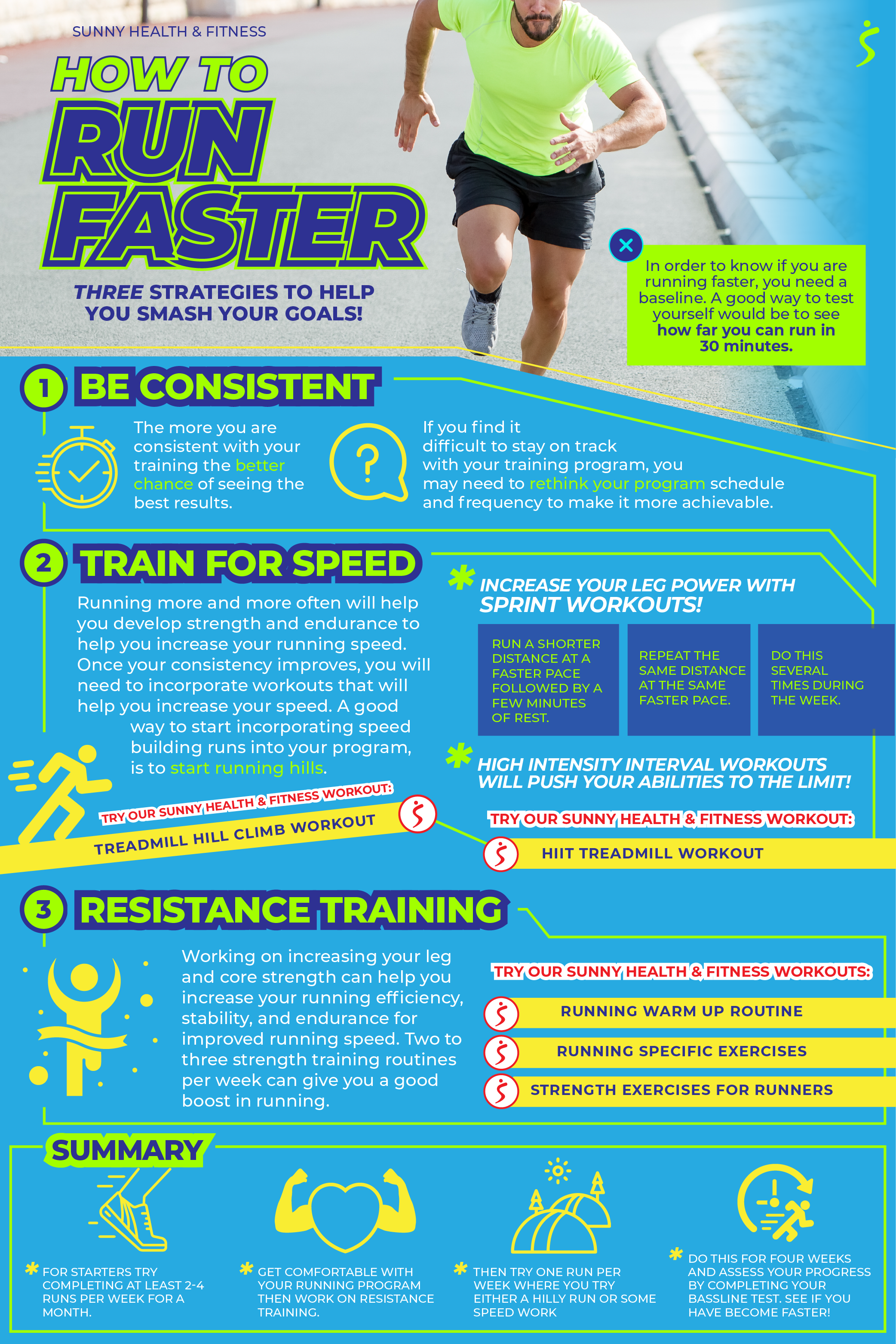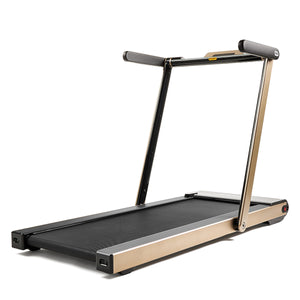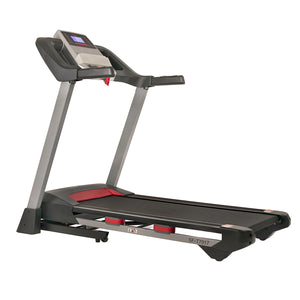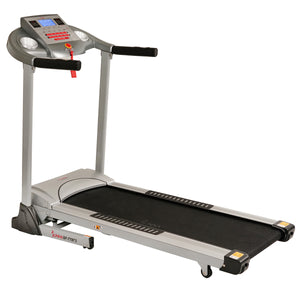In order to know if you are running faster, you need a baseline. In order to establish a baseline, simply choose a distance to run and time yourself. The distance you choose to use as your baseline should be consistent with your goals. For example, if you want to train to run a 30 minute 5k, you wouldn’t choose to measure your speed by seeing how fast you can run 100 meters or 1 mile. A better way to test yourself would be to see how far you can run in 30 minutes. This will give you an idea about how close you are to your goal. For those who are more seasoned runners, you probably already have a few good distance times under your belt, and just need to find more ways to build running speed and endurance to help shave off the minutes. This article will present three strategies to help you smash your goals!
1. Be Consistent
As with any exercise program, the more you are consistent with your training the better chance of seeing the best results. The consistency you need to achieve will be dependent on your current running ability and goals. For those just starting with their running program, a couple short runs per week will help you build running strength and endurance. For more advanced runners, hitting high weekly mileage goals may be necessary to see continued speed improvements. Effort also needs to be consistent. We all have periodic low energy and motivation on some training days, but we should still try and make the most out of every workout. Routinely missing workouts each week could significantly impact your progress towards you goals. Its ok to miss a few here and there, but if you find it difficult to stay on track with your training program, you may need to rethink your program schedule and frequency to make it more achievable.
2. Train for speed
Treadmill Hill Climb Workout
Running more and more often will help you develop strength and endurance to help you increase your running speed. Once your consistency improves, you will need to incorporate workouts that will help you increase your speed. A good way to start incorporating speed building runs into your program, is to start running hills. Running hills will help strengthen your legs to help increase your ability to hold a faster pace on a flat surface. Challenge yourself to add a few hill segments to one of your weekly runs. If you don’t live in a hilly area, try a hill climb workout on a treadmill in your home or gym. Check out our treadmill hill climb workout for a good example.
HIIT Treadmill Workout
Speed can also be increased by preforming bouts of maximum effort running. Sprint workouts can be great for increasing your leg power. Pacing your run over a short distance to be faster than your regular pace can help your body get use to running at a faster speed. Simply run a shorter distance at a faster pace followed by a few minutes of rest. Repeat the same distance at the same faster pace. Do this several times as one of your workouts during the week. Another good way to test your fitness and endurance is to perform HIIT workouts. These high intensity intervals will push your abilities to the limit. We have provided a good running HIIT workout for you to consider adding to your workout program.
3. Resistance Training
Gaining strength is an easy way for anyone to help increase their running speed. Running requires strength through the lower body and core. Working on increasing your leg and core strength can help you increase your running efficiency, stability, and endurance for improved running speed. We have created several strength enhancing workouts for you to try as part of your weekly running program. Two to three strength training routines per week can give you a good boost in running ability.
Running Warm Up Routine
Running Specific Exercises
Strength Exercises for Runners
Summary
Running speed can increase in a variety of ways. If you have not implemented any of the above strategies as part of a regular running workout program, I would advise waiting until you develop a habit of completing at least 2-4 runs per week for a month. This should give you some time to get comfortable with your running program and start to see some progress from consistency alone. After that start working on adding some resistance training and one run per week where you try either a hilly run or some speed work. Do this for another 4 weeks and then assess your progress by completing your bassline test to see if you have become faster.

























Add Your Name & Email
Please enter your name and email to continue.We won’t display your email publicly.